Home>Garden Essentials>How To Grow Romaine Lettuce From Seeds
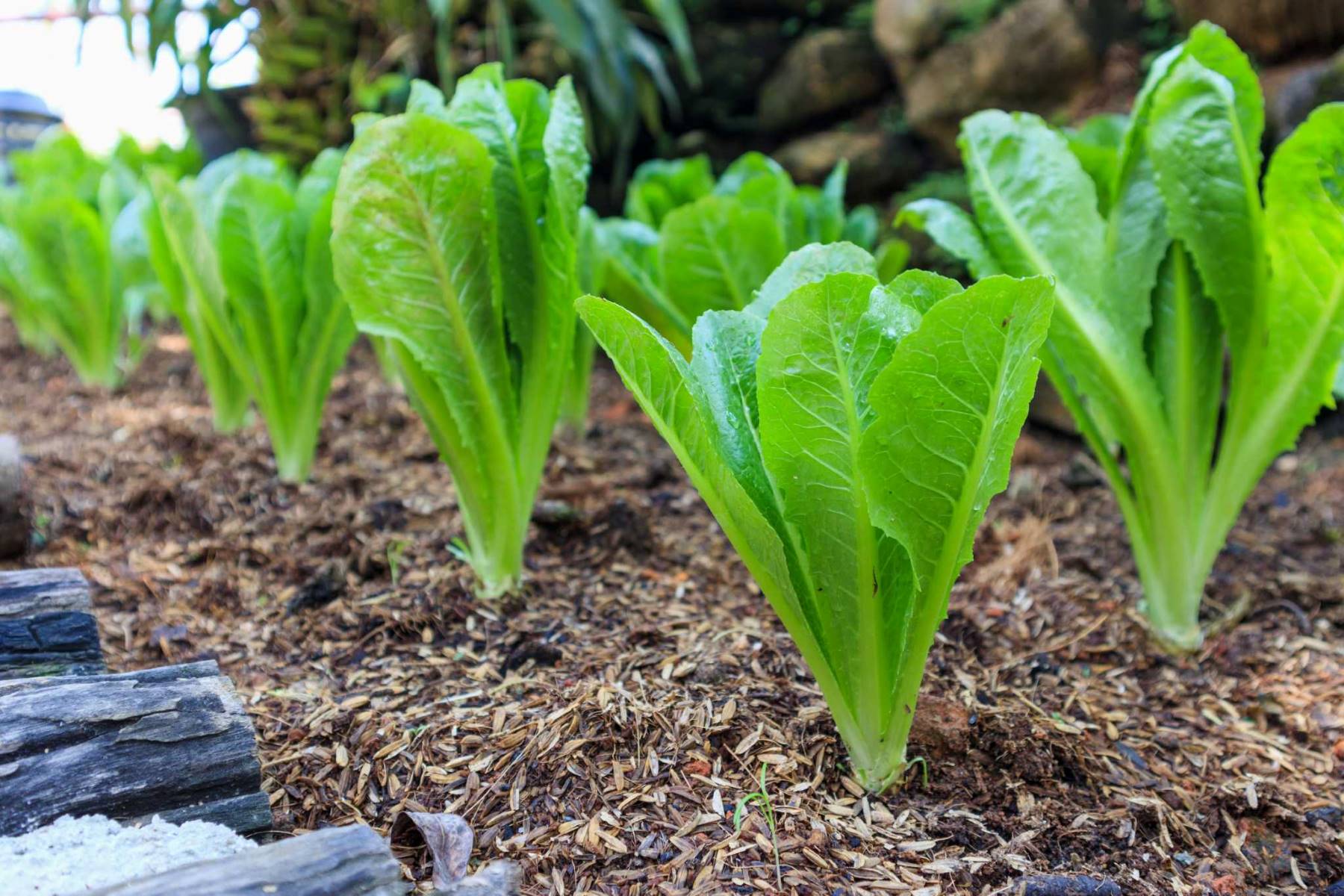

Garden Essentials
How To Grow Romaine Lettuce From Seeds
Modified: April 22, 2024
Learn how to grow romaine lettuce from seeds in your garden. Follow our step-by-step guide for a successful harvest.
(Many of the links in this article redirect to a specific reviewed product. Your purchase of these products through affiliate links helps to generate commission for Storables.com, at no extra cost. Learn more)
Introduction
Welcome to the world of gardening, where you can cultivate your own fresh and delicious produce! If you’re a fan of salads and looking to add a classic and nutritious ingredient to your diet, why not try growing Romaine lettuce from seeds? Romaine lettuce, also known as Cos lettuce, is a popular leafy vegetable known for its crisp and slightly bitter flavor.
Growing Romaine lettuce from seeds is a rewarding experience that allows you to have complete control over the growing process. Not only does it save you money, but it also ensures that you have a ready supply of fresh lettuce right from your backyard. In this article, we’ll guide you through the step-by-step process of growing Romaine lettuce from seeds, from gathering the materials to harvesting your bountiful crop!
Before we jump into the actual steps, let’s talk a bit about the benefits of growing Romaine lettuce. First and foremost, Romaine lettuce is packed with essential vitamins and minerals, including vitamin K, vitamin A, and folate. It also provides a good source of fiber, which is important for maintaining a healthy digestive system. In addition, Romaine lettuce is low in calories, making it a perfect choice for those who are conscious of their calorie intake.
Another benefit of growing your own Romaine lettuce is the absence of harmful pesticides and chemicals. By planting your own seeds and using organic methods, you can ensure that your lettuce is free from any unwanted residue. Plus, the satisfaction and sense of achievement when you can proudly serve a salad made from your own homegrown lettuce is simply priceless!
Now that you know the advantages of growing Romaine lettuce, it’s time to jump into the step-by-step process. Gather your gardening gloves and let’s get started!
Key Takeaways:
- Growing Romaine lettuce from seeds allows you to enjoy fresh, nutritious produce while avoiding harmful pesticides. It’s a rewarding experience that gives you control over your food’s quality and freshness.
- By following simple steps like preparing the soil, providing proper care, and harvesting at the right time, you can grow your own Romaine lettuce and enjoy a continuous supply of crisp, flavorful leaves.
Read more: How To Grow Lettuce Indoors From Seeds
Step 1: Gather the necessary materials
Before you begin planting Romaine lettuce from seeds, it’s important to gather all the necessary materials to ensure a successful growing journey. Here’s what you’ll need:
- Romaine lettuce seeds: You can purchase Romaine lettuce seeds from your local garden center or online. Make sure to choose high-quality seeds that are suitable for your region.
- Potting soil: Look for a well-draining potting soil mix that is rich in organic matter. Romaine lettuce thrives in loose, well-drained soil.
- Pots or containers: Choose pots or containers that are at least 6-8 inches deep. Make sure they have drainage holes to prevent waterlogging.
- Watering can or spray bottle: Romaine lettuce requires regular and consistent moisture. Having a watering can or spray bottle on hand will make it easier to water the plants.
- Garden trowel or small shovel: These tools will come in handy for filling pots with soil and transplanting seedlings, if needed.
- Plant markers or labels: Labeling your pots or containers will help you keep track of the different varieties of Romaine lettuce you’re growing.
- Sunlight: Romaine lettuce requires at least 6-8 hours of sunlight per day. If you’re planning to grow it indoors, consider using grow lights to provide adequate light.
- Fertilizer: While not necessary, you can choose to use organic fertilizers to provide essential nutrients for your Romaine lettuce plants.
- Protective covering: In case of unexpected frosts or pests, it’s wise to have row covers, cloths, or netting to protect your growing lettuce.
- Pruning shears or scissors: These tools will be needed for harvesting the lettuce when it’s ready.
Once you have gathered these materials, you’re ready to move on to the next step: preparing the soil for planting. So roll up your sleeves and let’s get our hands dirty!
Step 2: Prepare the soil for planting
Now that you have gathered all the necessary materials, it’s time to prepare the soil for planting your Romaine lettuce seeds. Follow these steps to ensure your lettuce has the best growing environment:
- Choose the right location: Select a spot in your garden that receives full sun or partial shade. Romaine lettuce prefers cooler temperatures, so a location that offers some shade during the hottest part of the day can be beneficial.
- Clear the area: Remove any weeds, rocks, or debris from the planting area. Weeds can compete with the lettuce for nutrients and water.
- Loosen the soil: Use a garden trowel or small shovel to loosen the soil to a depth of about 8-10 inches. This will facilitate root growth and allow for better water drainage.
- Add organic matter: Incorporate organic matter, such as compost or well-rotted manure, into the soil. This will help improve soil fertility, structure, and moisture retention. Aim to add about 2-3 inches of organic matter and mix it thoroughly with the soil.
- Level the soil: Smooth the soil surface with a rake, ensuring it is even and free of large clumps. This will make it easier to sow the seeds and promote uniform germination.
- Water the soil: Before planting, water the soil thoroughly to ensure it is evenly moist. This will provide a good environment for your Romaine lettuce seeds to germinate.
- Optional: Test the soil pH: Romaine lettuce prefers a slightly acidic soil with a pH range of 6.0-6.8. If you’re unsure of your soil’s pH, you can use a soil testing kit to determine if any adjustments are needed.
- Wait for the soil to settle: After watering, allow the soil to settle for a day or two before moving on to the next step. This will ensure that the moisture is evenly distributed and any air pockets are eliminated.
By preparing the soil properly, you are creating an optimal growing environment for your Romaine lettuce. Once the soil is ready, you’re now ready to move on to the exciting part: planting the Romaine lettuce seeds!
Step 3: Planting the Romaine lettuce seeds
It’s time to bring your Romaine lettuce seeds to life! Follow these steps to ensure a successful planting process:
- Sow the seeds: Using your finger or a small tool, create shallow furrows in the soil about ¼ inch deep. Space the furrows about 10-12 inches apart to allow room for the lettuce to grow.
- Plant the seeds: Place the Romaine lettuce seeds in the furrows, spacing them about 2-3 inches apart. Avoid overcrowding, as this can lead to competition for nutrients and hinder growth.
- Cover the seeds: Gently cover the seeds with a thin layer of soil, about ¼ inch thick. Lightly press down the soil to ensure good seed-to-soil contact.
- Water the seeds: Using a watering can or spray bottle, give the newly planted seeds a gentle shower of water. Be careful not to create strong water flow that may displace the seeds.
- Label the rows: If you’re planting different varieties of Romaine lettuce, place plant markers or labels at the beginning of each row to identify the different types.
- Provide shade (optional): In hot climates, you may choose to provide some temporary shade for the newly planted seeds using shade cloth or row covers. This will help protect the seeds from excessive heat and promote better germination.
- Keep the soil moist: Romaine lettuce seeds require consistent moisture for successful germination. Water the soil regularly, keeping it evenly moist, but be careful not to overwater and create waterlogged conditions.
- Seedling care: After about 7-10 days, you should start to see tiny seedlings emerging from the soil. At this point, thin out the seedlings, leaving the strongest ones spaced about 6-8 inches apart. This will give them enough room to grow and develop.
With the Romaine lettuce seeds planted and cared for, it’s time to move on to the next step: providing proper care and maintenance to ensure healthy and thriving lettuce plants!
When growing romaine lettuce from seeds, make sure to plant them in well-draining soil, keep the soil consistently moist, and provide plenty of sunlight for healthy growth.
Step 4: Provide proper care and maintenance
To ensure that your Romaine lettuce plants grow healthy and produce an abundant harvest, it’s essential to provide them with proper care and maintenance. Follow these guidelines to keep your lettuce plants thriving:
- Watering: Romaine lettuce requires consistent moisture, so make sure to water the plants regularly. Aim to keep the soil evenly moist, but avoid overwatering, as it can lead to root rot. Water the plants at the base to prevent wetting the leaves, as this can promote diseases.
- Fertilizing: While Romaine lettuce is not a heavy feeder, you can give them a boost by applying a balanced organic fertilizer about once a month. Follow the instructions on the fertilizer package for proper application rates.
- Weeding: Keep the area around your lettuce plants free from weeds that can compete for nutrients and water. Regularly inspect the garden and remove any unwanted weeds by hand or using a garden hoe.
- Protection from pests: Monitor your lettuce plants for any signs of pest infestations, such as aphids, slugs, or snails. Inspect the leaves regularly and take appropriate measures, such as using organic pest control methods or protective netting, to keep pests at bay.
- Thin as needed: If your lettuce plants are overcrowded or competing for space, thin them out by removing weaker or excess plants. This will allow the remaining plants to have ample room for growth.
- Provide support (optional): If you’re growing taller varieties of Romaine lettuce, consider providing support for the plants. Use stakes or small trellises to prevent them from toppling over and to promote upright growth.
- Monitor for diseases: Keep an eye out for any signs of common lettuce diseases, such as powdery mildew or damping off. If detected, take immediate action by removing affected plants or applying appropriate organic fungicides.
- Harvesting leaves: As your Romaine lettuce plants mature, you can begin harvesting the outer leaves. Simply cut the leaves near the base, leaving the center of the plant to continue growing. This will allow you to enjoy fresh, crisp lettuce leaves while encouraging continuous growth.
- Extend the harvest season: To extend your harvest, consider succession planting by sowing new seeds every couple of weeks. This will ensure a continuous supply of fresh Romaine lettuce throughout the growing season.
By providing proper care and maintenance to your Romaine lettuce plants, you’ll be rewarded with healthy and tasty lettuce leaves. Now, let’s move on to the final step: harvesting your bountiful Romaine lettuce!
Read more: How Many Romaine Lettuce Seeds Per Hole
Step 5: Harvesting your Romaine lettuce
After weeks of care, it’s finally time to enjoy the fruits of your labor! Here’s how to properly harvest your Romaine lettuce:
- Choose the right time: Romaine lettuce is typically ready for harvest when the leaves have reached a desirable size and the heads are firm and compact. This usually takes around 60-70 days from planting.
- Harvesting outer leaves: To harvest individual leaves, start by selecting the outermost leaves near the base of the plant. Using a sharp pair of pruning shears or scissors, cut the leaves about an inch above the soil surface. This method allows the center of the plant to continue producing new leaves.
- Harvesting the whole head: If you prefer to harvest the entire head of Romaine lettuce, wait until the plant’s leaves have grown and formed a tight, compact head. Carefully cut the entire head off at the base, leaving about an inch of the stem attached to the head.
- Leave some leaves: When harvesting the whole head, consider leaving a few young, smaller leaves at the center of the plant. This will allow the plant to rejuvenate and produce another harvest.
- Immediate use or storage: Freshly harvested Romaine lettuce can be used immediately in salads, sandwiches, or other dishes. If you have more lettuce than you can consume at once, store the unwashed leaves in a plastic bag or container in the refrigerator. Properly stored lettuce can stay fresh for up to a week.
- Continuous harvesting: By harvesting only the outer leaves or a few heads at a time, you can enjoy a continuous harvest throughout the growing season. This method ensures a steady supply of fresh Romaine lettuce for your culinary delights.
Congratulations on successfully growing and harvesting your own Romaine lettuce! It’s time to savor the crisp, flavorful leaves and reap the rewards of your gardening efforts. Don’t forget to save some seeds from your best plants to continue the cycle and grow Romaine lettuce for future seasons!
Remember, gardening is a rewarding and ever-learning experience, so don’t be afraid to experiment and try new techniques. Enjoy the process, embrace the joys of nature, and relish the taste of homegrown Romaine lettuce!
Happy gardening!
Conclusion
Congratulations! You have now learned how to grow Romaine lettuce from seeds and have the knowledge to embark on your own lettuce-growing adventure. Cultivating Romaine lettuce in your own backyard not only provides you with fresh and healthy produce but also allows you to experience the joy and satisfaction of growing your own food.
Throughout this guide, we’ve covered the essential steps to successfully grow Romaine lettuce from start to finish. From gathering the necessary materials to planting the seeds, providing proper care and maintenance, and finally, harvesting your bountiful lettuce, you are now equipped with the knowledge to nurture your own thriving lettuce garden.
Remember to choose high-quality seeds and prepare the soil adequately to create an optimal growing environment. Provide regular watering, keep an eye out for pests and diseases, and give your lettuce plants the care and attention they need. By following these guidelines, you can enjoy a continuous harvest of fresh, crisp Romaine lettuce throughout the growing season.
Growing Romaine lettuce from seeds not only allows you to have control over the quality and freshness of your produce but also lets you experience the satisfaction of self-sustainability and reducing your environmental footprint. By using organic methods and avoiding harmful pesticides, you can enjoy nutritious lettuce while contributing to a healthier ecosystem.
So, what are you waiting for? Roll up your sleeves, gather your gardening tools, and start growing your own Romaine lettuce today. Whether you have a spacious garden, a small balcony, or even a sunny windowsill, you can enjoy the delights of growing and harvesting your very own leafy greens.
Enjoy the process, embrace the wonders of nature, and savor the taste of your homegrown Romaine lettuce. Happy gardening!
Frequently Asked Questions about How To Grow Romaine Lettuce From Seeds
Was this page helpful?
At Storables.com, we guarantee accurate and reliable information. Our content, validated by Expert Board Contributors, is crafted following stringent Editorial Policies. We're committed to providing you with well-researched, expert-backed insights for all your informational needs.
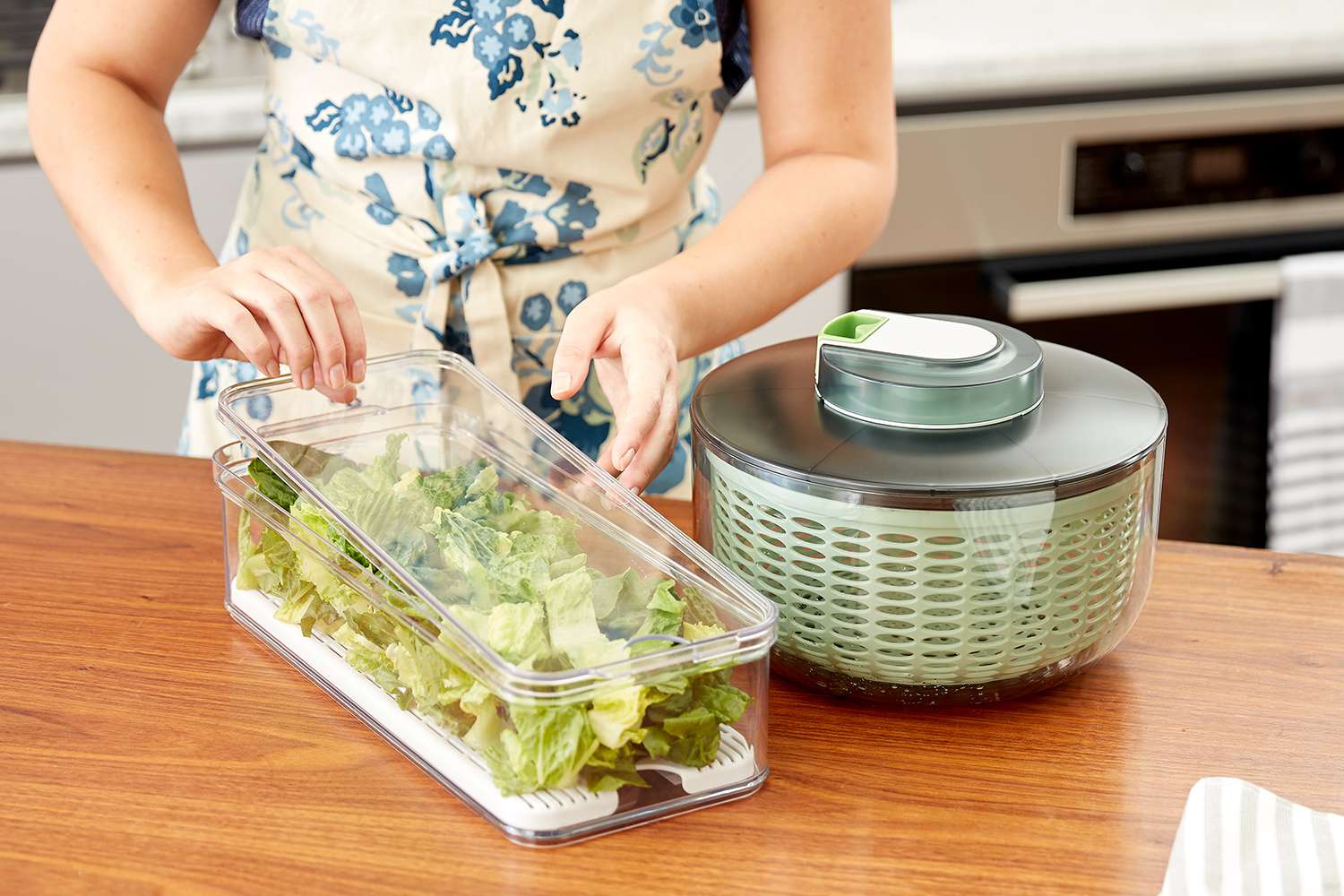
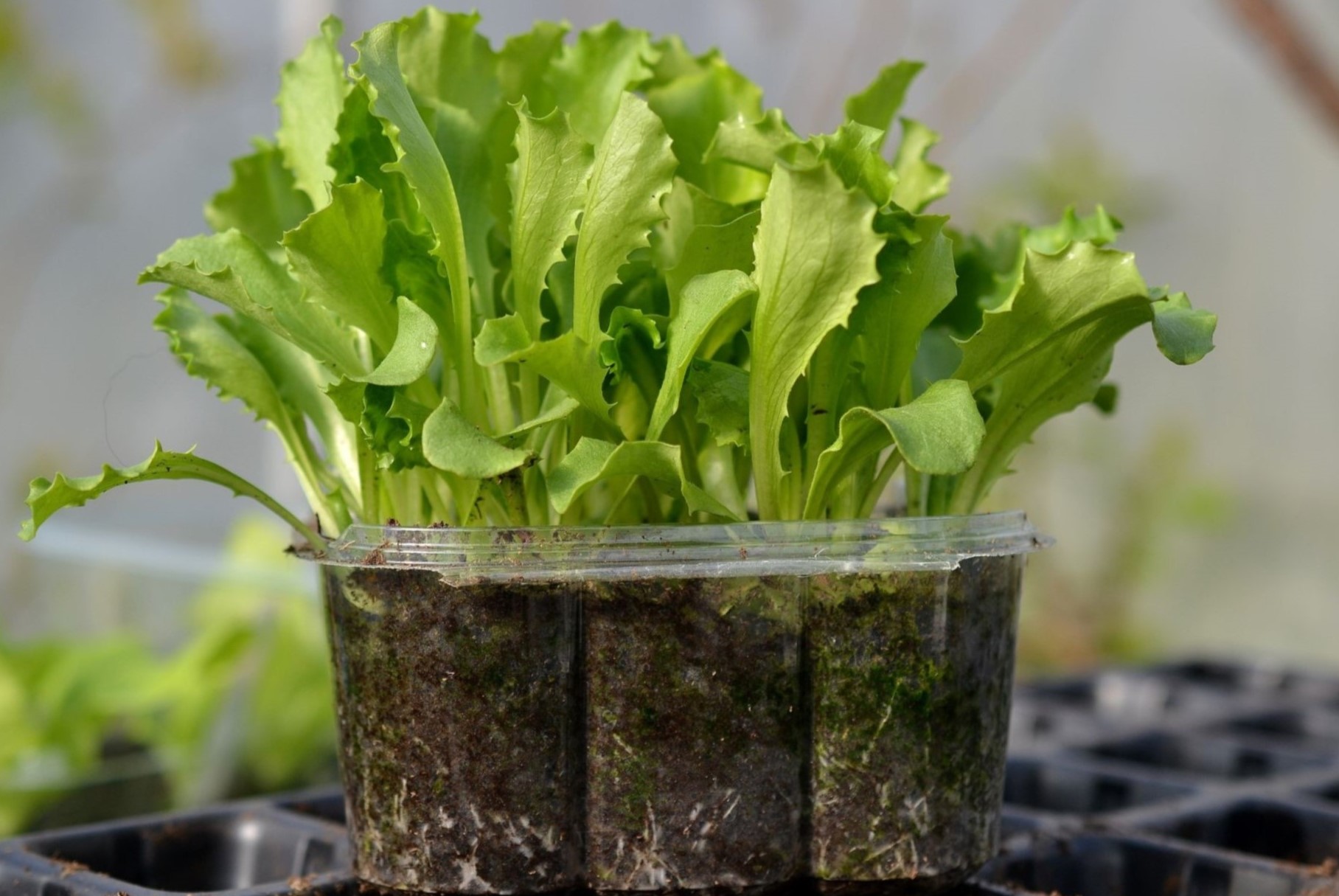

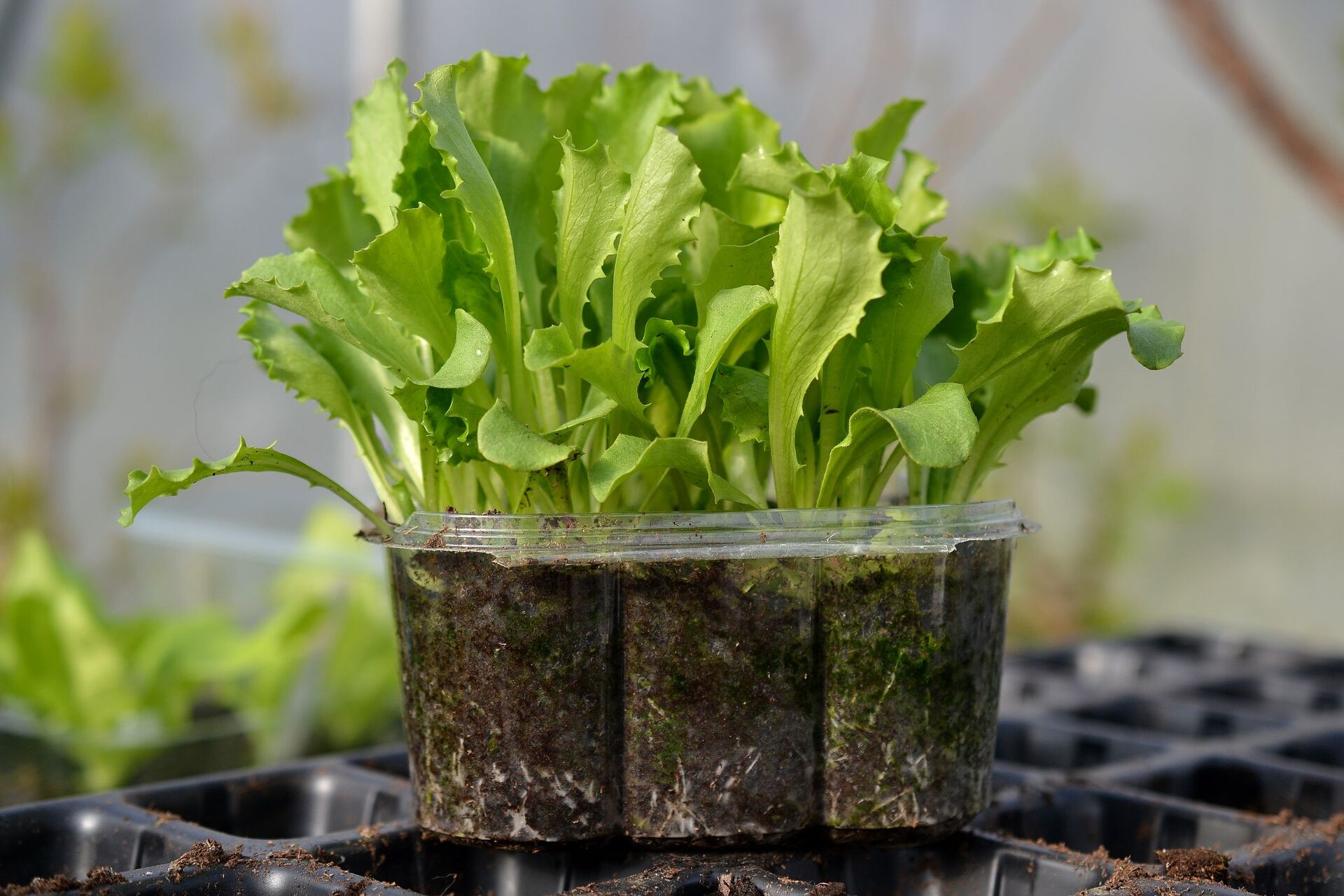
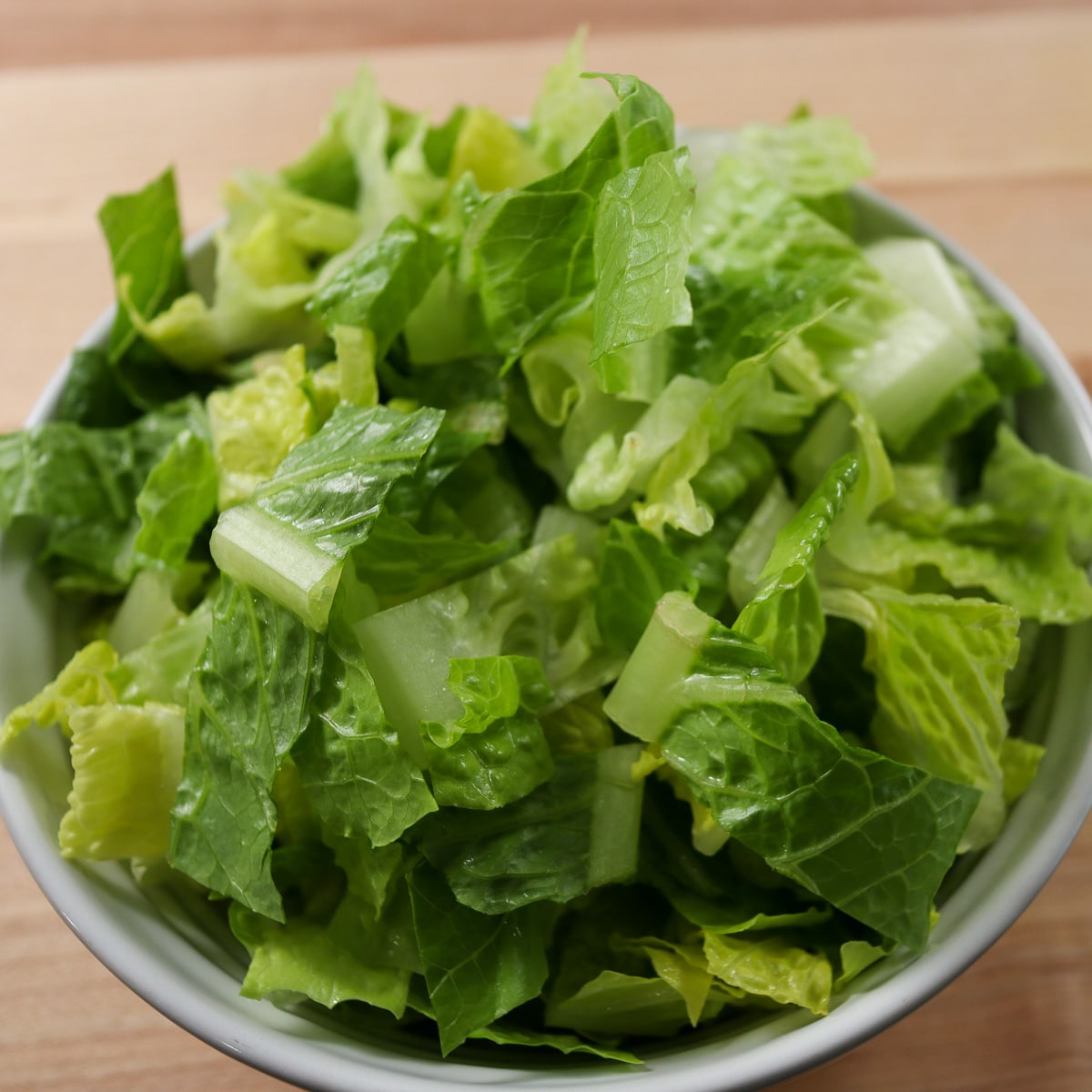
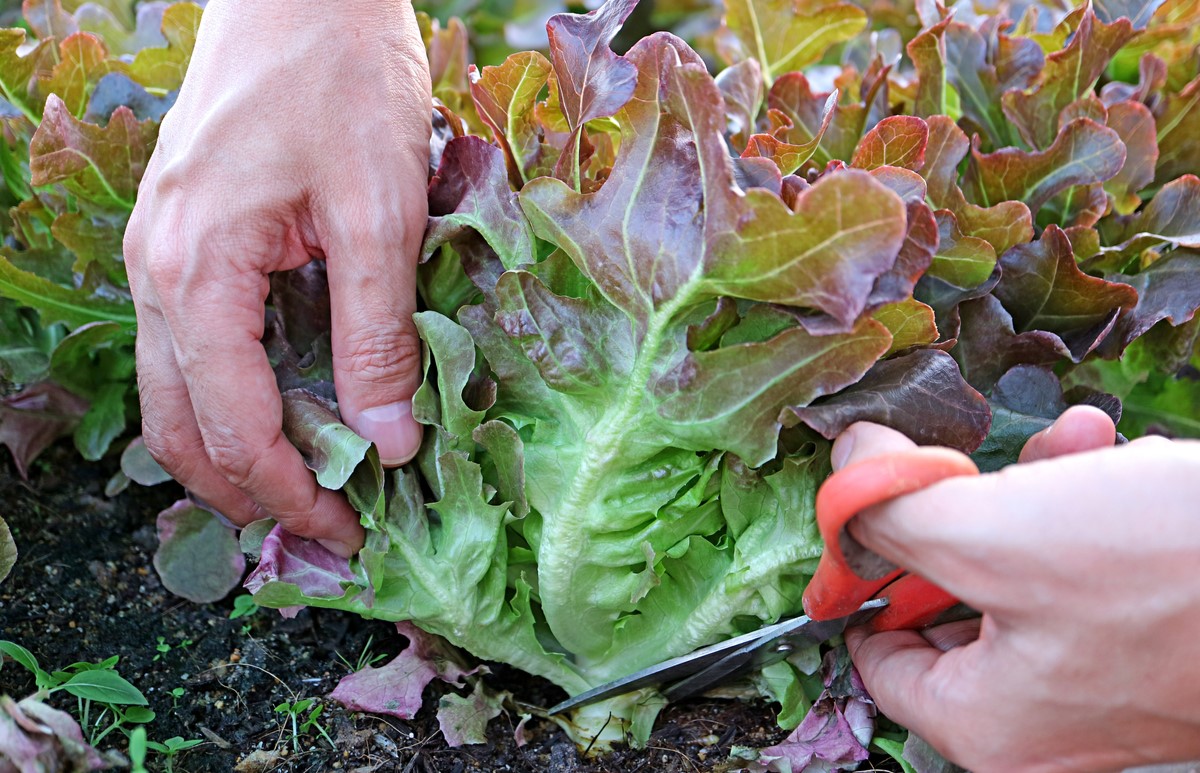
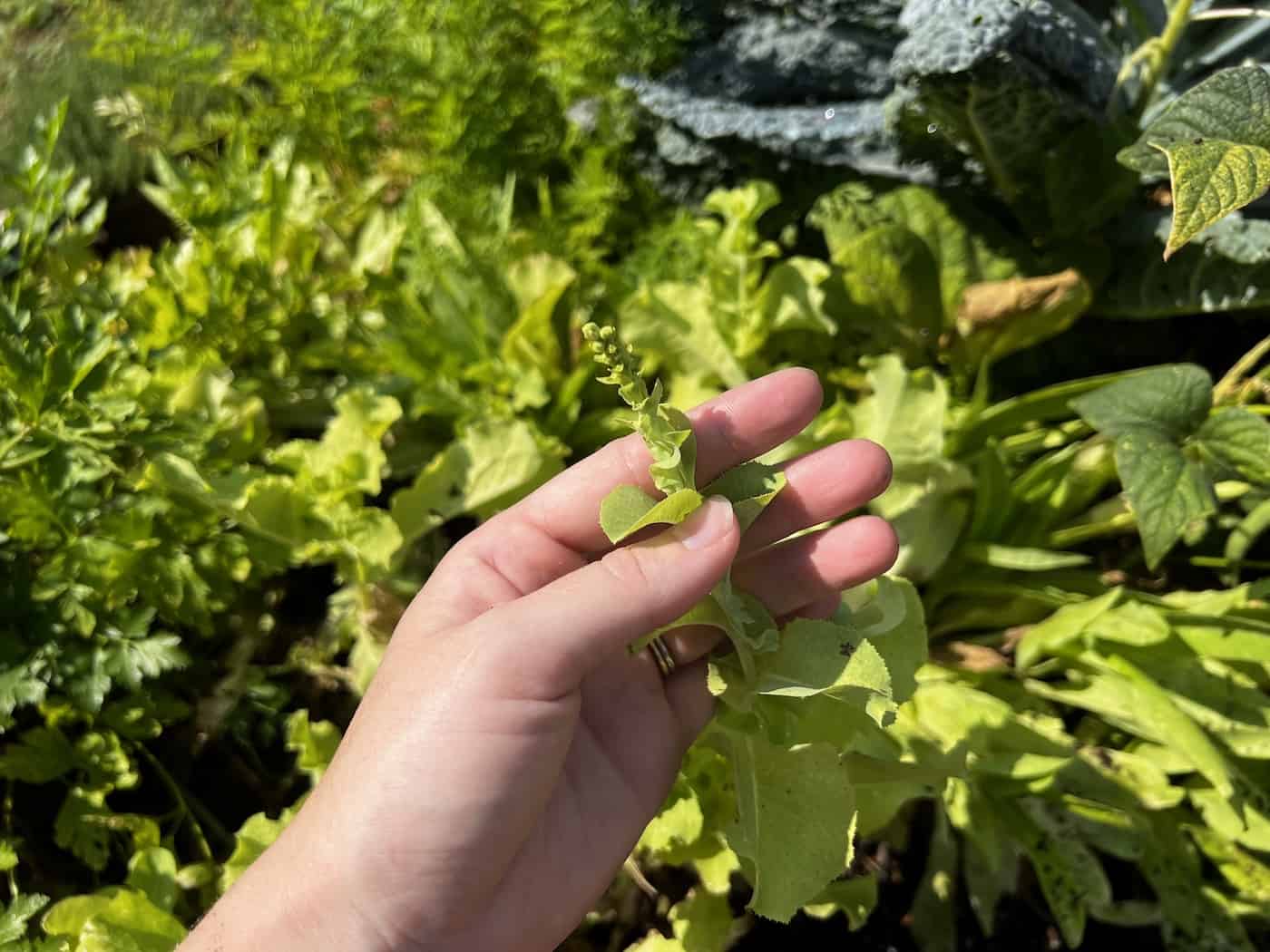
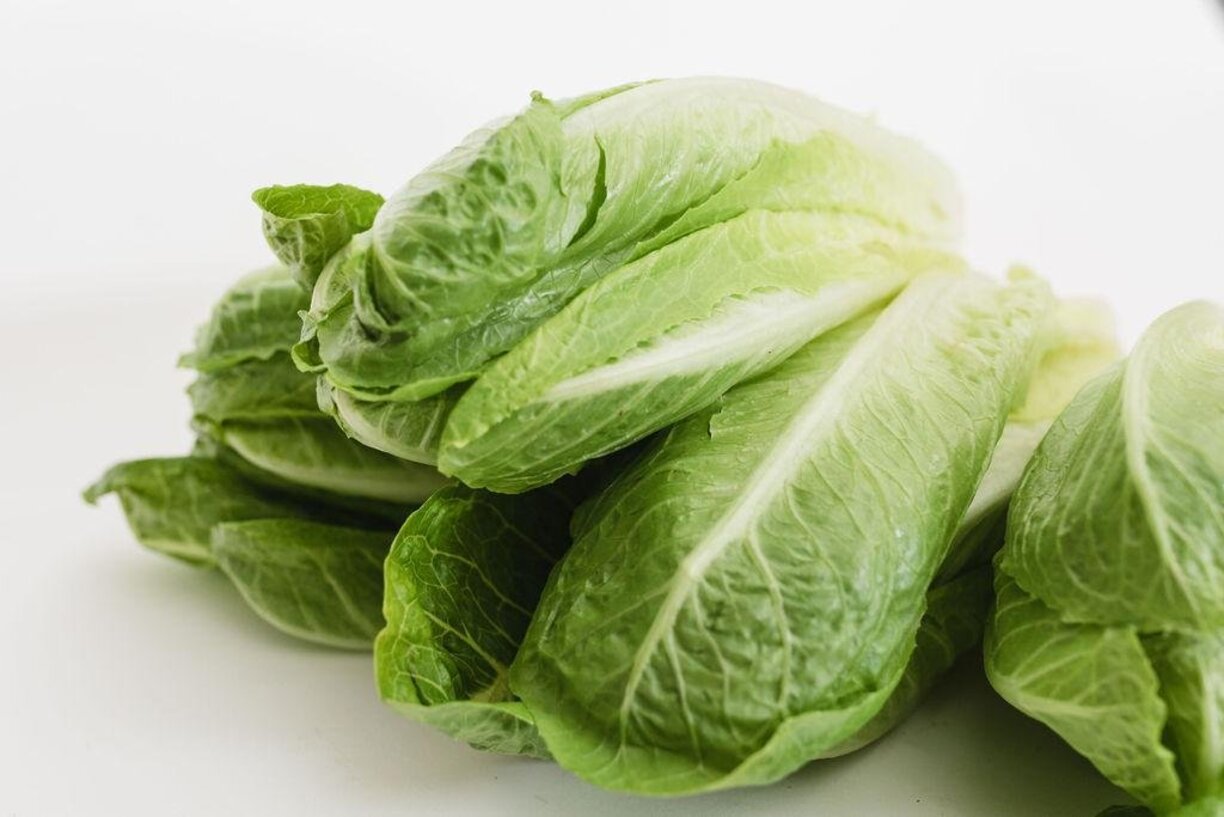
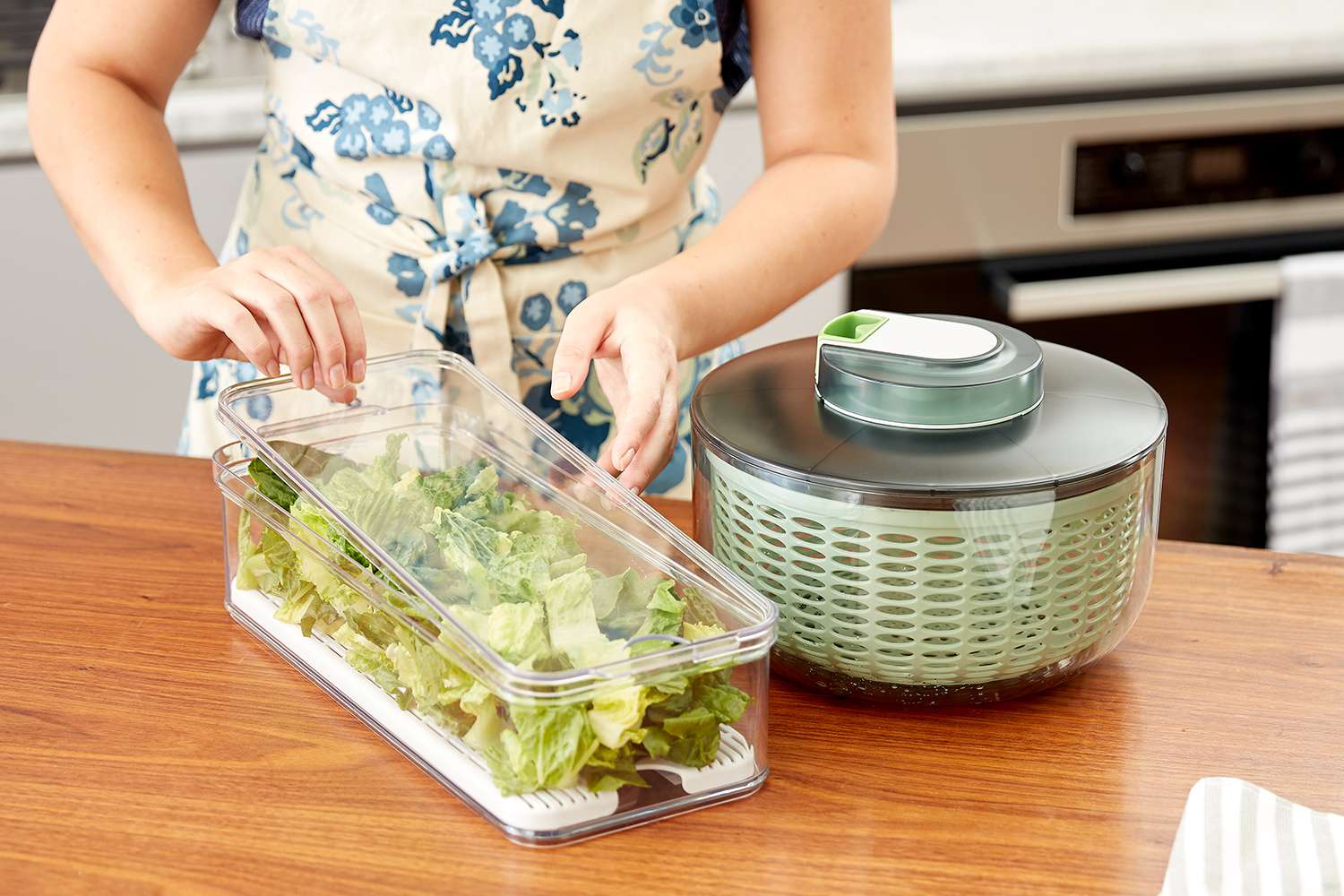
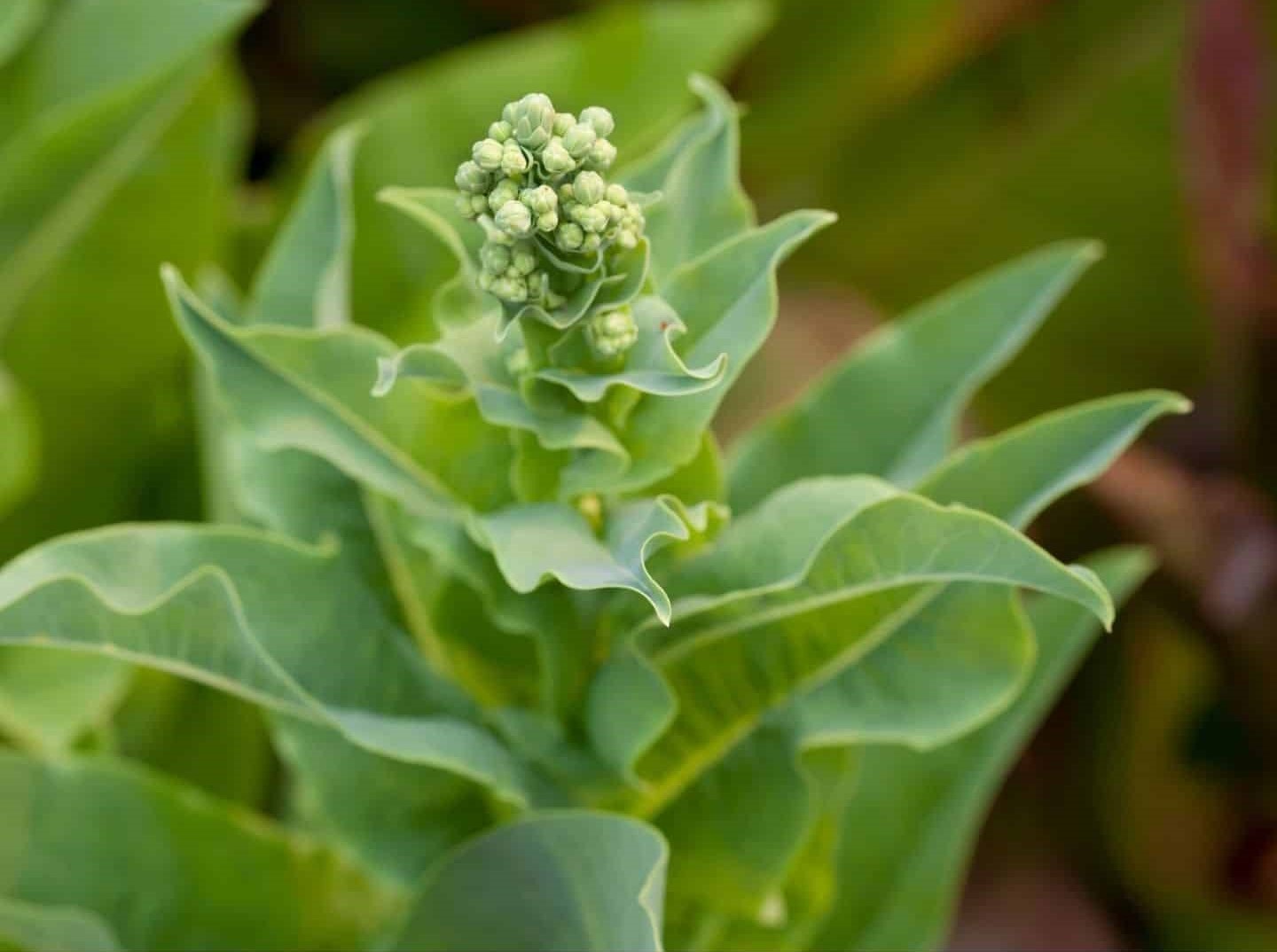
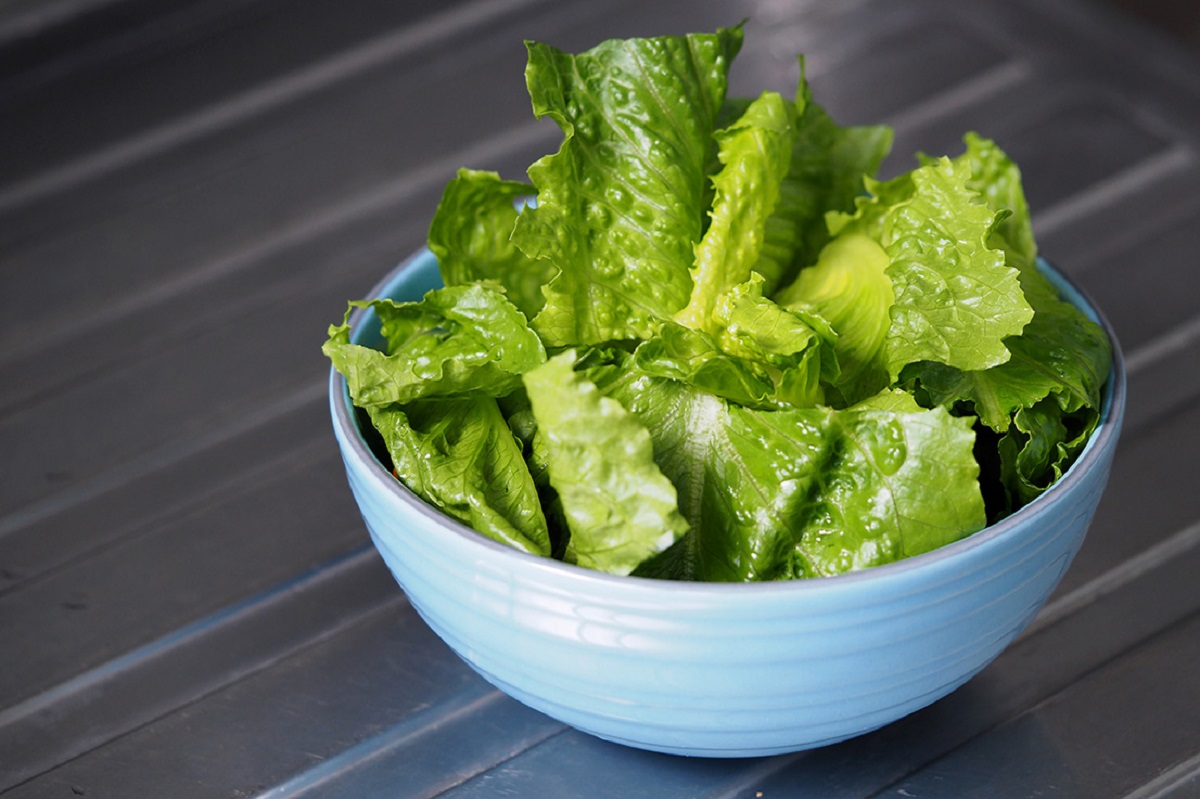
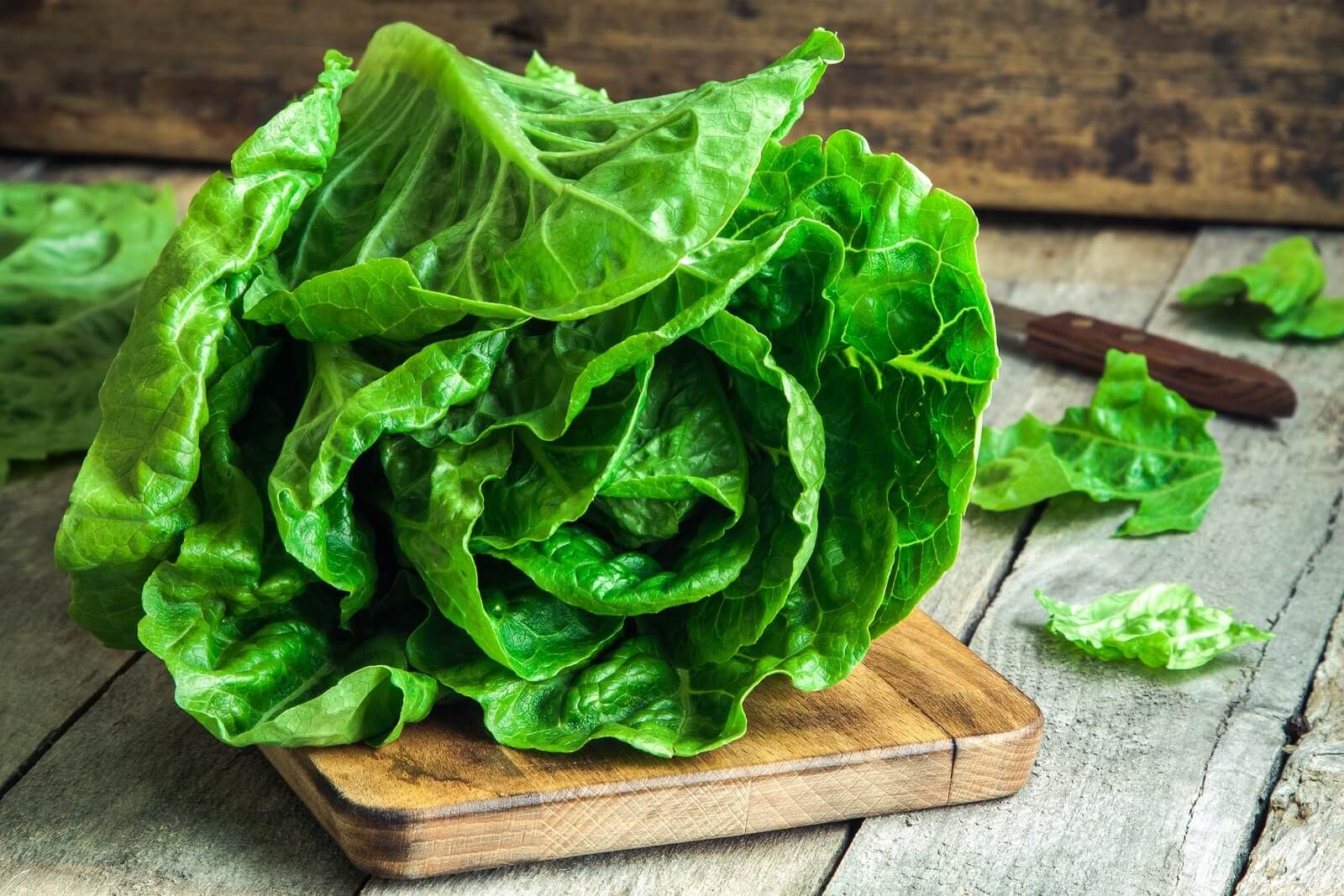
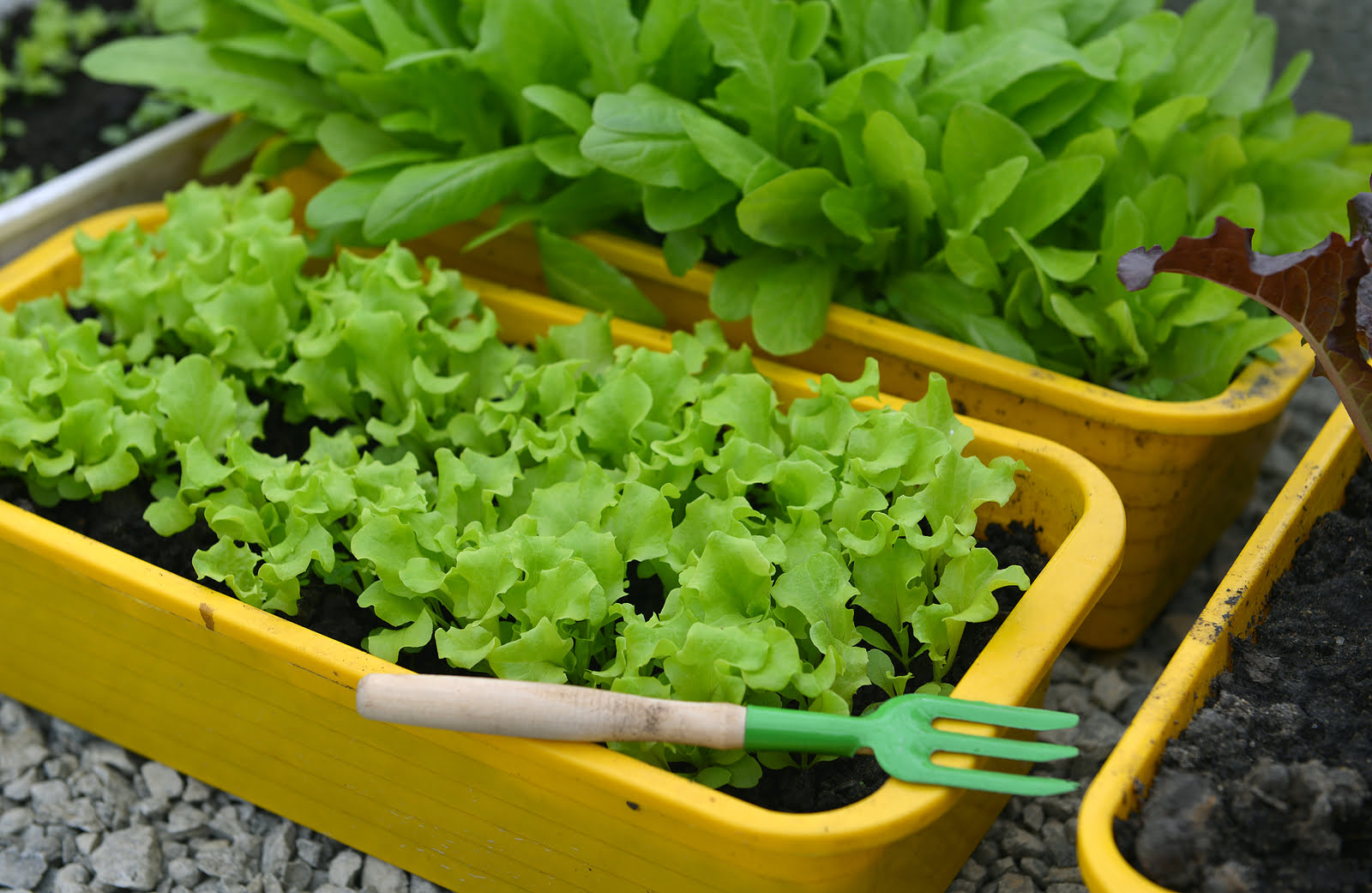
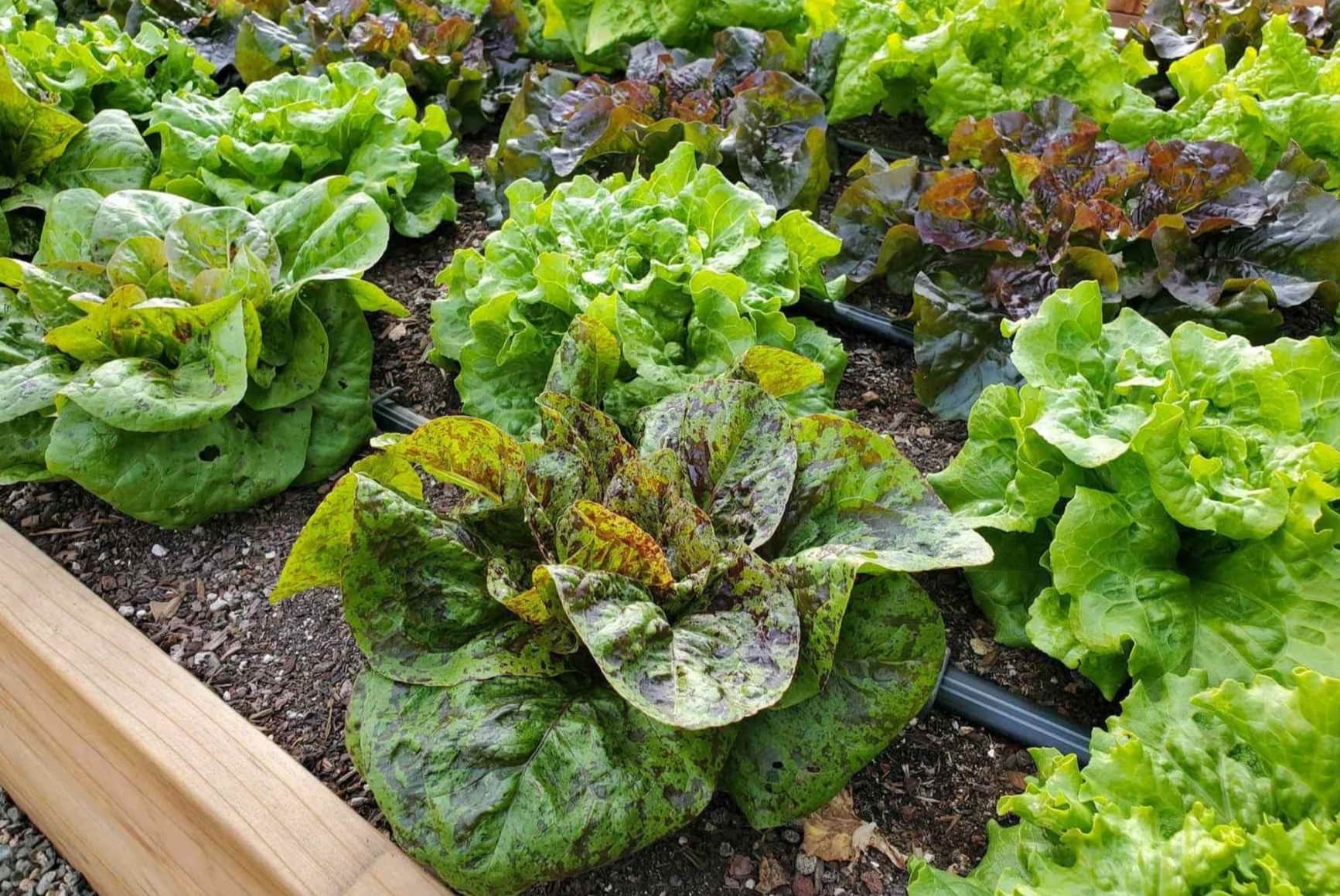

0 thoughts on “How To Grow Romaine Lettuce From Seeds”